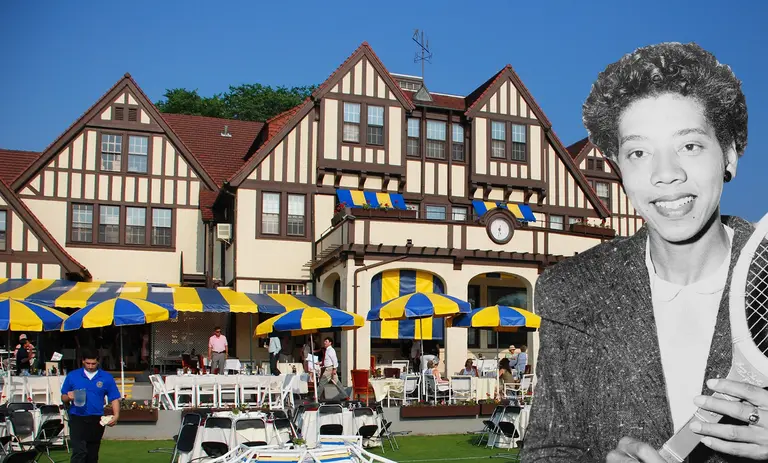VIDEO: Photographer Richard Drew on his haunting 9/11 image ‘The Falling Man’
More here

Häagen-Dazs’ store in the Bronx, via Yelp

Early public floating bath. Image: New York City Department of Parks and Recreation.

Mrs. Astor’s House on 65th Street and Fifth Avenue. Image via Library of Congress

Monument to Peter Stuyvesant in Stuyvesant Square via edenpictures via photopin

West Side Tennis Club via Joe Shlabotnik/Flickr; Althea Gibson via Wiki Commons

Postmaster General Harry Stewart New watches the solar eclipse of January 24, 1925, shielding his eyes with a photographic plate. Image: Wikimedia commons

Image via Pexels

Image via Wiki Commons

Image via Alisdare Hickson/flickr

The Ramones outside of CBGB, photo via CBGB

General Lee Avenue and Robert E. Lee’s former home on Fort Hamilton, via Jeremy Bender/Business Insider

Background image via Andrew Malone/Flickr

102 Bedford Street in 2015 (left) via Wiki Commons, and as of today, via GVSHP

General Lee Avenue and Robert E. Lee’s former home on Fort Hamilton, via Jeremy Bender/Business Insider

Via Stephiejeanne on Pixabay and Steve Jurvetson on Flickr

Image: Library of Congress